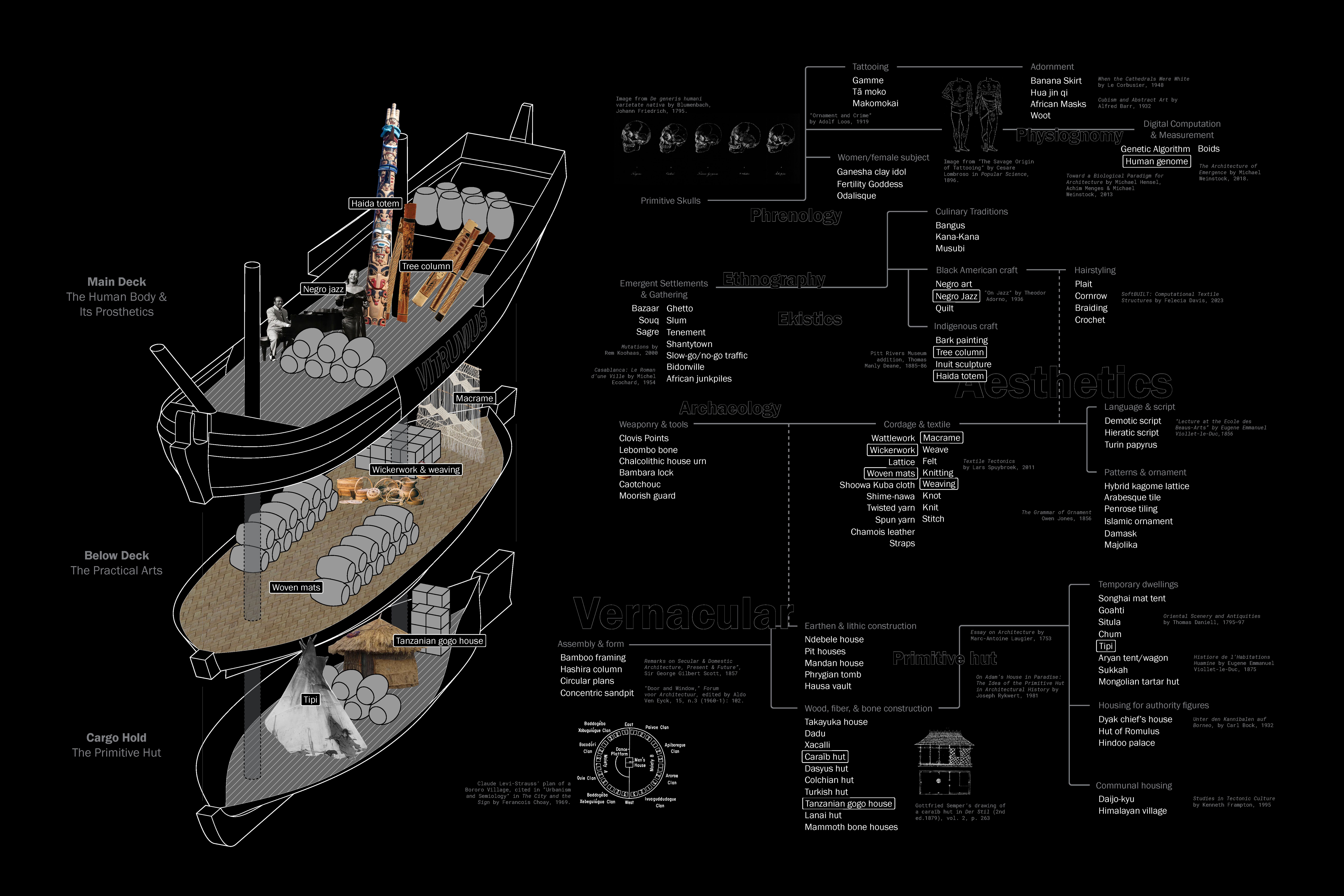Frank Lloyd Wright, Ausgeführte Bauten und Entwurfe von Frank Lloyd Wright, edited by Ernst Wasmuth (Berlin: Ernst Wasmuth, 1910), 7.
Pierre Bourdieu, The Field of Cultural Production (New York: Columbia University Press, 1993), 38; Peter Bürger, Theory of the Avant-Garde, translated by Michael Shaw (Minneapolis, MN: University of Minnesota Press, 1999), 48; Rosalind Krauss, “Sculpture in the Expanded Field,” October, vol.8 (Spring, 1979): 38; Claire Jean Kim, “The Racial Triangulation of Asian Americans,” Politics & Society, vol.27, no.1 (March 1999): 108.
